
Identifying And Addressing Ergonomic Hazards At Work
Why is Ergonomics Important in Workplace Safety?
Ergonomic disorders are the fastest-growing category of work-related illness. Many of these are caused by ergonomic work-related injuries like carpal tunnel syndrome alone, tendinitis, rotator cuff injuries, muscle strains, and low back injuries due to risk factors like high task repetition, forceful exertions, and repetitive awkward postures.
What is Ergonomics?
Ergonomics is the science of fitting jobs to workers instead of trying to get the worker to fit the job. It focuses on designing workstations, tools & work tasks for safety, efficiency and comfort. By following an ergonomically designed workplace we can reduce fatigue and injuries there by increasing productivity, job satisfaction and safety.
Ergonomic risk factors
Workplace situations that cause wear and tear on the body causing injury. These include repetition, awkward posture, forceful motion, stationary position, direct pressure, vibration, extreme temperature, noise, and work stress. Multiple factors increases the risk of developing MSD (muscular skeleton disorder)
What are Musculoskeletal Disorders or MSDs?
MSDs are defined as cumulative and chronic injuries to muscles, tendons, ligaments, joints, nerves and discs that are caused or aggravated by our actions and/or environment that does not follow safe and healthy work practices.
- Prains, strains, and tears
- Back pain
- Carpal tunnel syndrome
- Hernia
MSDs include sprains, strains, and tears, Backpain, carpal tunnel syndrome and Hernia. Carpal tunnel syndrome is a well-known MSD which occurs when the nerve, which runs from the forearm into the palm of the hand, becomes pressed or squeezed at the wrist.
Early detection of MSDs
Symptoms of MSDs are
Pain • Weakness • Stiffness • Sensitivity • Swelling • Burning sensation • Tingling • Drowsiness • Difficulty moving • Clumsiness
Ways to Reduce Ergonomic Risks
Engineering Improvements: Careful evaluation of the workplace and engineering improvements including rearranging, modifying, redesigning, or replacing tools, equipment, workstations, packaging, parts, or products to reduce or eliminate contributing factors.
Administrative Improvements. Administrative improvements include changing work practices or the way work is organized.
Eg: Job rotation, Providing recovery time (i.e., muscle relaxation time) , Modifying work practices , Ensuring regular housekeeping, maintenance of work spaces, tools, and equipment and Encouraging exercise.
Personal Protective Equipment: Suitable and appropriate personal protective equipment for the job which includes gloves, knee and elbow pads, footwear etc.
What are the advantages of ergonomics?
- Increased savings
- Fewer injuries
- More productive and sustainable employees
- Fewer workers’ compensation claims
- Increased productivity
Ergonomic improvements can reduce the primary risk factors for MSDs, so workers are more efficient, productive and have greater job satisfaction.
- Increased morale
Attention to ergonomics can make employees feel valued
- Reduced absenteeism
Ergonomics leads to healthy and pain-free workers thereby reducing absenteeism
Solutions to Control Hazards
Occupational Safety and Health Administration (OSHA) of US dept. of labour has listed out Industry or Task-Specific Solutions for MSDs .Follow the link
https://www.osha.gov/ergonomics/control-hazards for more information





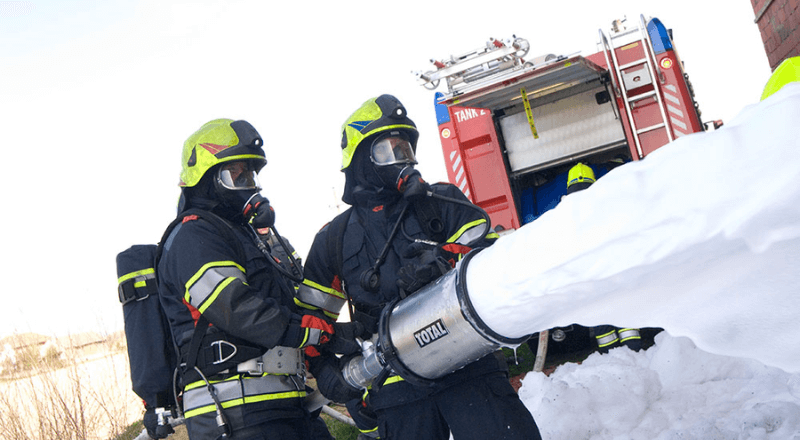
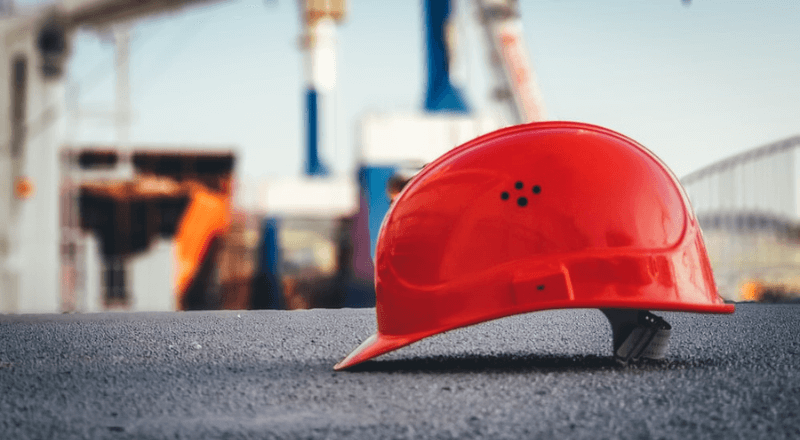


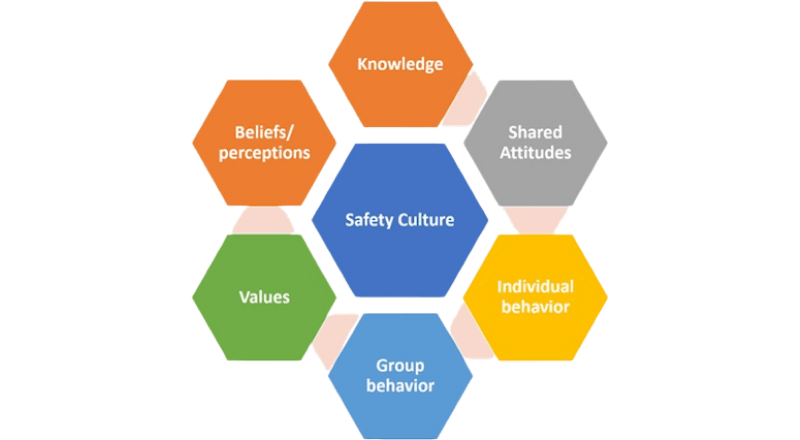


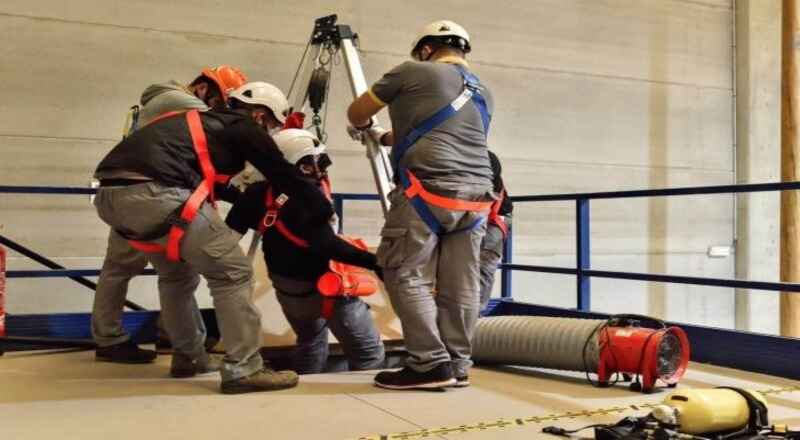
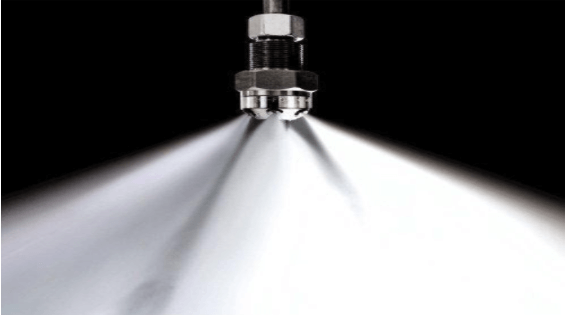
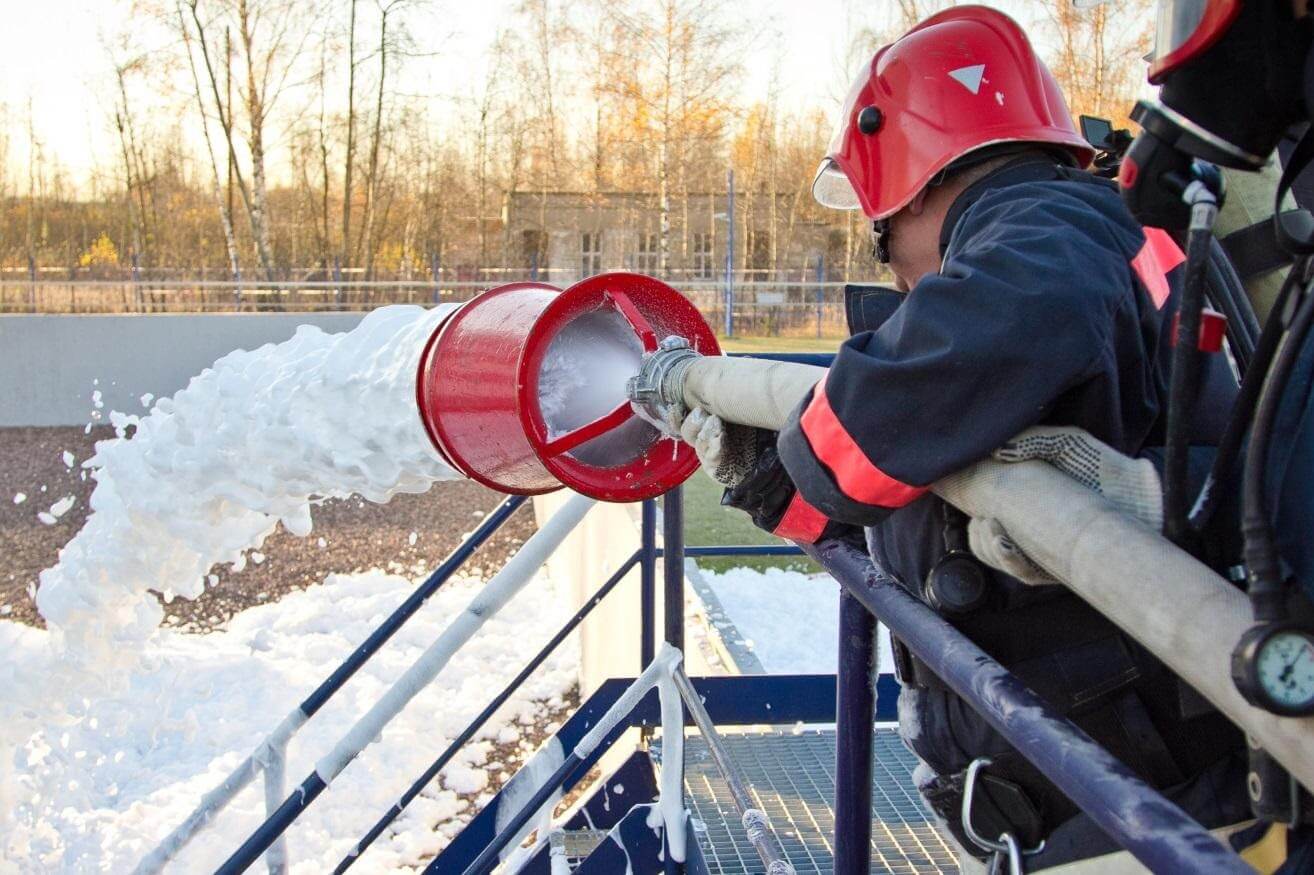
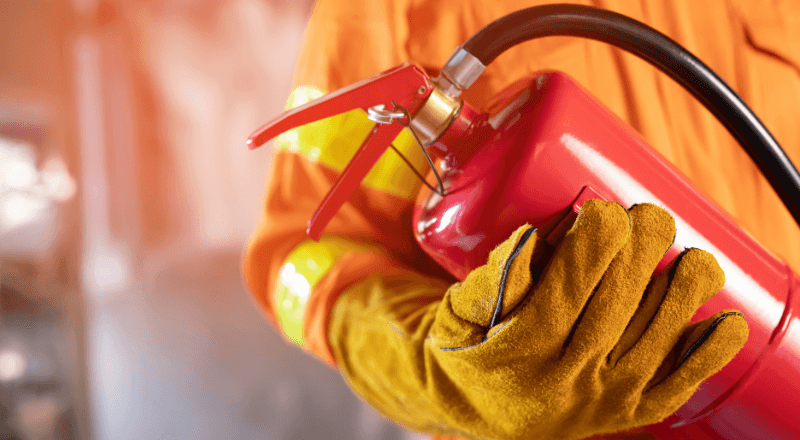
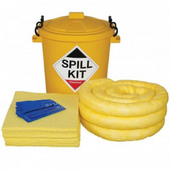


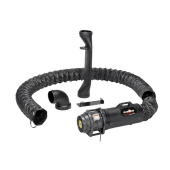


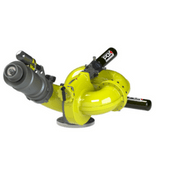
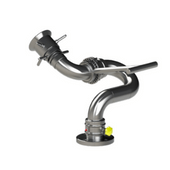
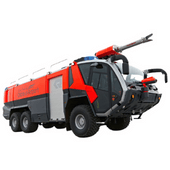
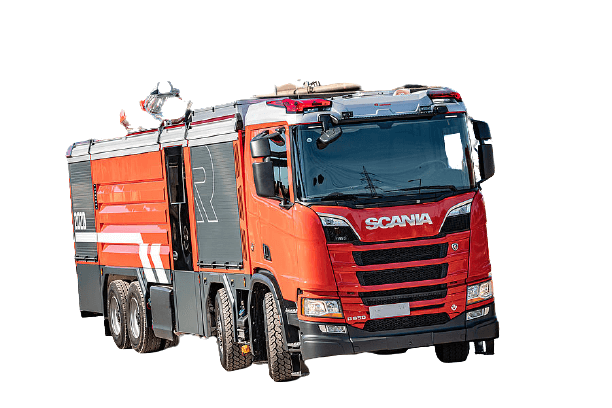

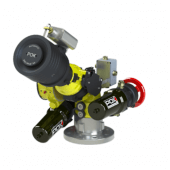
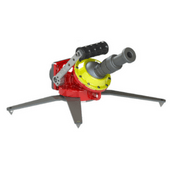
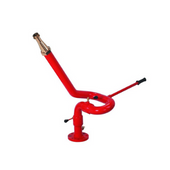
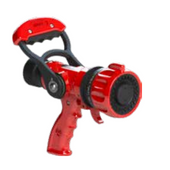
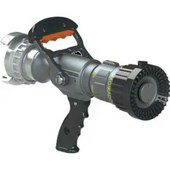
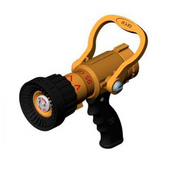
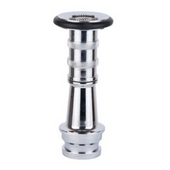

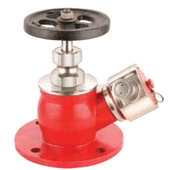
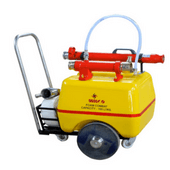
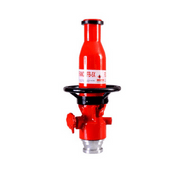
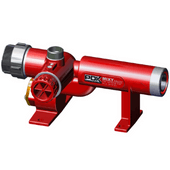


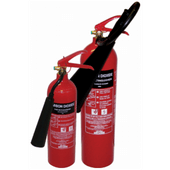
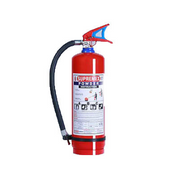
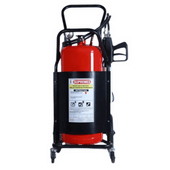
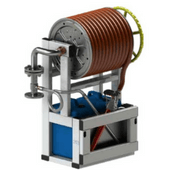

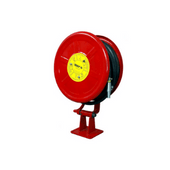
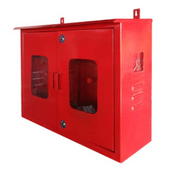
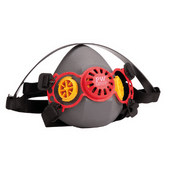
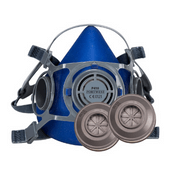
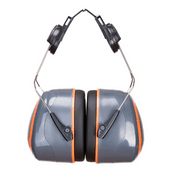

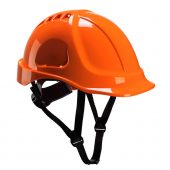
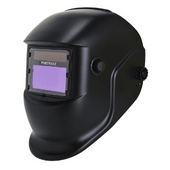
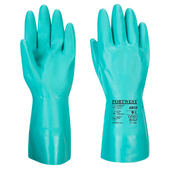
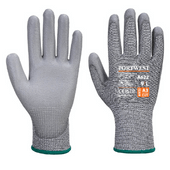
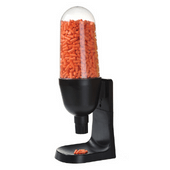
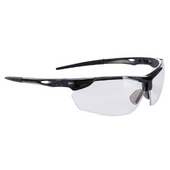
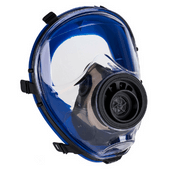
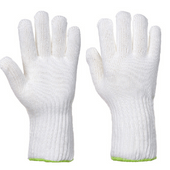
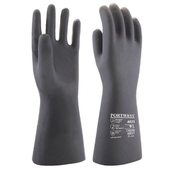
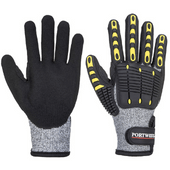
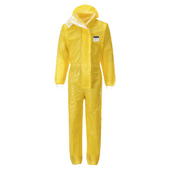
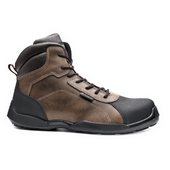
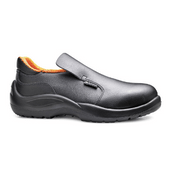
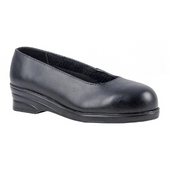
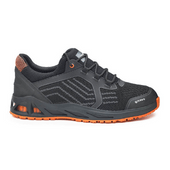

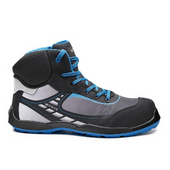
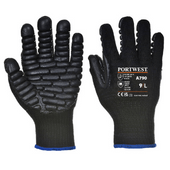
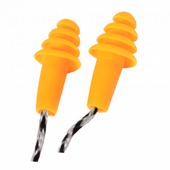
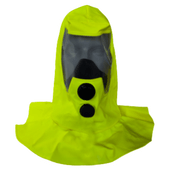

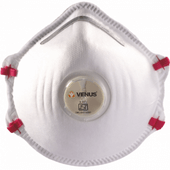
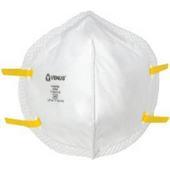
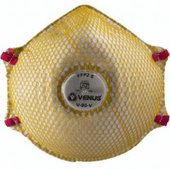
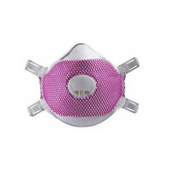
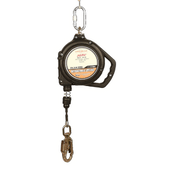
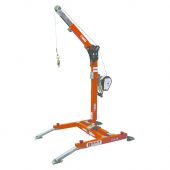
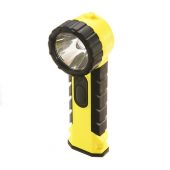
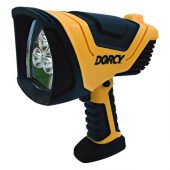
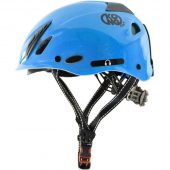
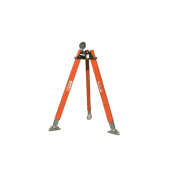
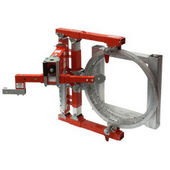
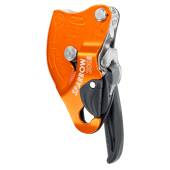
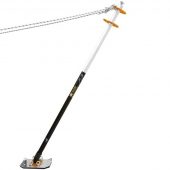
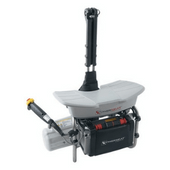
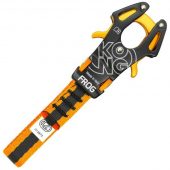
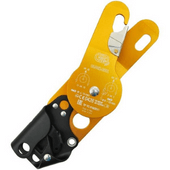
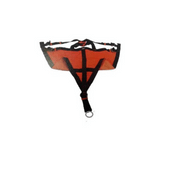
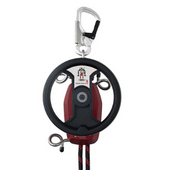
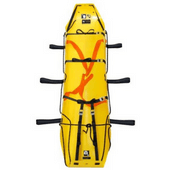
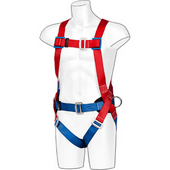
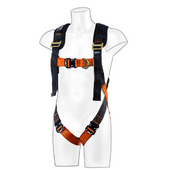


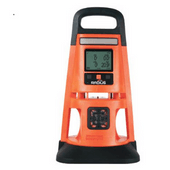




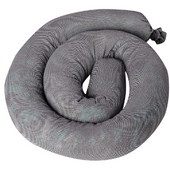


Very Good. I like your blog. Your blog got me to learn a lot. Thanks for sharing such a nice article. I wish to see much more like this and check out this article as well Cumulative Trauma Disorder–How to Treat it